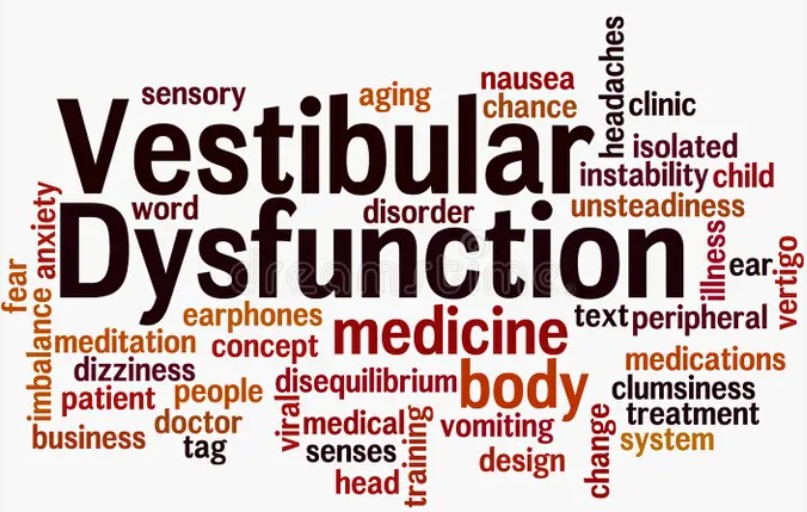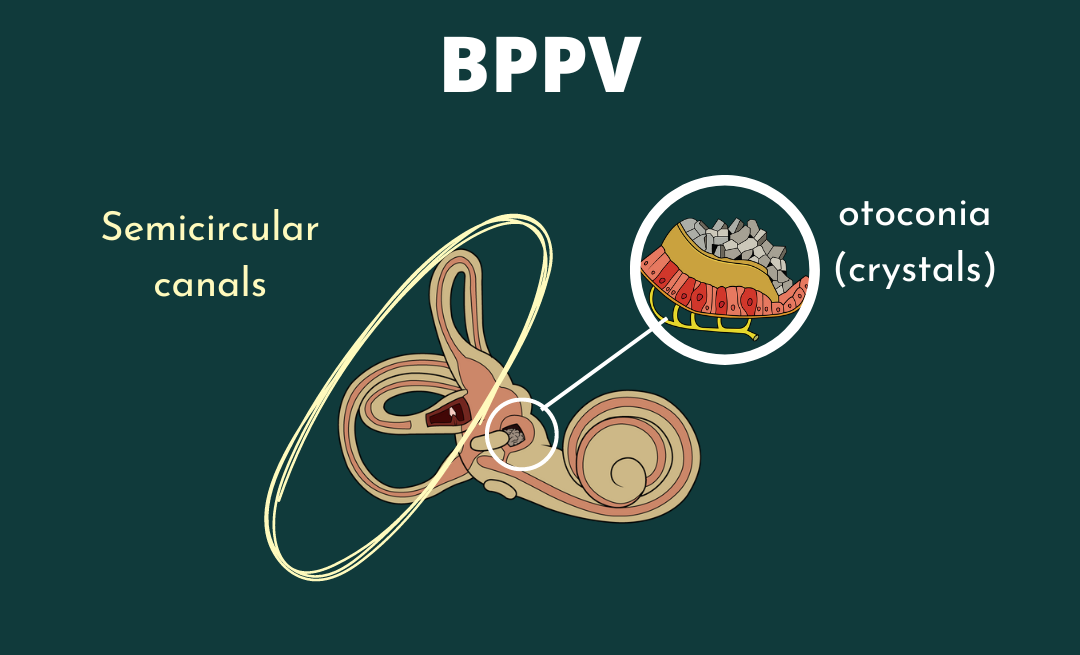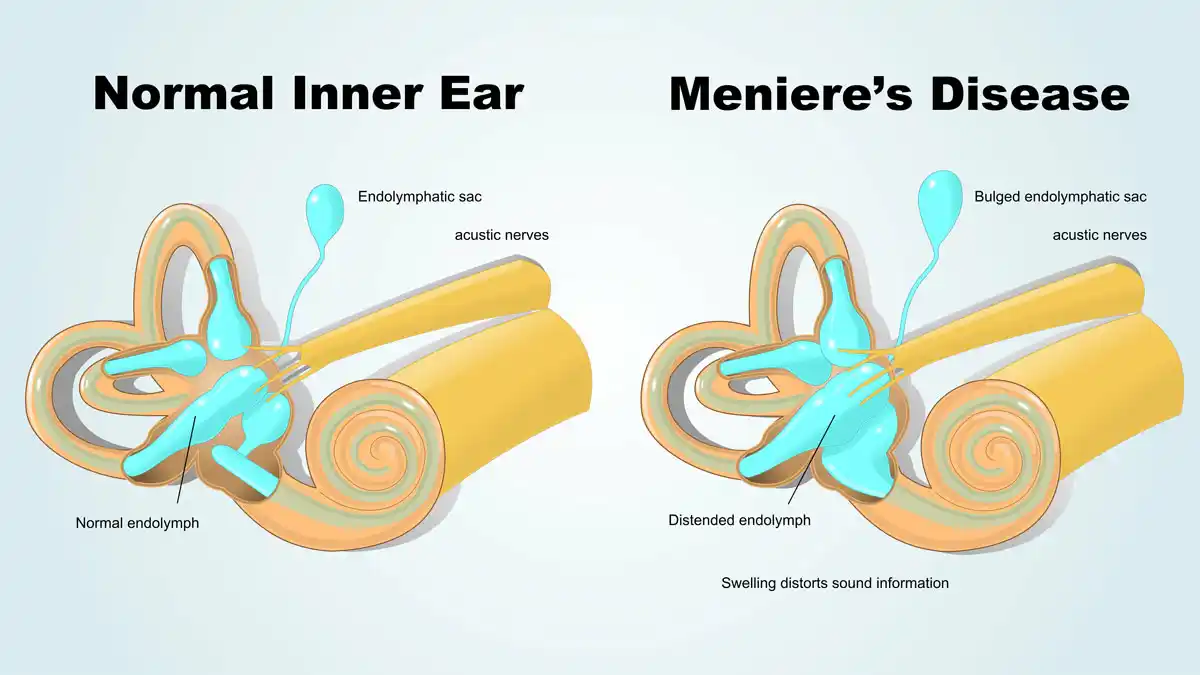Dizziness is a way that people describe sensations that can feel like faint, woozy, lightheaded, spinning, or wobbly. It is one of the most common reasons that people visit the ER, urgent care, or doctor and is difficult to diagnose. These symptoms should be taken very seriously because they not only affect people’s quality of life, but they could also be a sign of a life-threatening condition (though it is rare). Diagnosis and treatment may vary, depending on the cause.
Symptoms of dizziness include but are not limited to:
- Vertigo
- Lightheadedness
- Off balance
- Floating
- Weakness
- Heavyheadedness
These symptoms may be worse standing up, walking, moving your head, laying down, or rolling over in bed. The movement that triggers dizziness may be helpful in identifying causes. The most common causes are listed below.
BPPV:
The most common cause of dizziness is Benign Proxysmal Positional vertigo or BPPV. This is caused by ear crystals dislodging from their inner ear. This causes symptoms of room spinning vertigo in certain head positions.
BPPV can be diagnosed by a vestibular physical therapist or an ENT (ear, nose, throat doctor). Treatment is done by either person who will perform an Elepy maneuver to get the crystals back in their proper place.
Vestibular Migraine:
VM is the most common cause for chronic dizziness in people. It is caused by a genetic predisposition to migraine that is triggered by some event. The migraine attacks the vestibular system which causes dizziness—vertigo, visual dependance, light and sound sensitivity, drop sensations, mismatched proprioception, and many more symptoms.
It is difficult to diagnose and is usually done so by process of elimination by a neurologist, headache specialist, ENT, or physical therapist. Treatment includes a wide array of approaches including medication, exercise, supplements, nervous system regulation, diet change, and many more that is unique to each individual.

Vestibular Neuritis:
VN is a viral infection that causes constant vertigo. The infection impacts the nerve that leads from the inner ear to the brain, that may cause hearing loss called labyrinthisis. It can cause balance issues and lead to chronic dizziness.
An ENT usually diagnoses VN and will set a treatment plan of medication and Vestibular Rehab Therapy to help restore the balance systems to their functioning order.
Meniere’s Disease:
MD is from too much fluid buildup in the inner ear. It causes bouts of vertigo that can last for hours, hearing loss, ringing in the ears, and plugged ears.
An ENT will likely diagnose MD, though it can be difficult to do so. Like VM, symptoms may come and go so it is also done so by the process of elimination. Treatment includes medication, exercise, change in diet (low sodium), and occasionally surgery.
POTS:
Postural Orthostatic Tachycardia Syndrome is a disorder of the autonomic nervous system that causes dizziness and rapid heart rate when a person stands up. They might also have issues with exercise intolerance and standing for long periods.
A heart specialist will likely diagnose POTS, though it could be by a variety of specialists. Treatment includes medication, exercise (laying down), and change in diet (more salt).
PPPD:
Persistent Postural-Perceptual Dizziness is a secondary diagnosis that causes chronic dizziness and unsteadiness. It is triggered by an event that caused acute dizziness and became chronic.
Anyone who diagnoses a primary cause will likely be able to also diagnose PPPD. Treatment includes medication, nervous system regulation, therapy, and vestibular rehab therapy.

Besides Vestibular Disorders, there are other factors that may be causing dizziness.
- Low blood pressure
- Low/high blood sugar
- Dehydration
- Nervous system conditions
- Anxiety disorders
If your dizziness is chronic, it is likely a vestibular disorder! If a doctor says “it’s just anxiety”, that is likely not true and a second opinion is needed. Be sure to advocate for yourself to get the diagnosis and treatment you need.
Vestibular Group Fit is the place to help you with your dizziness, no matter the cause. We can help you find and implement the right tools that will get you better!




